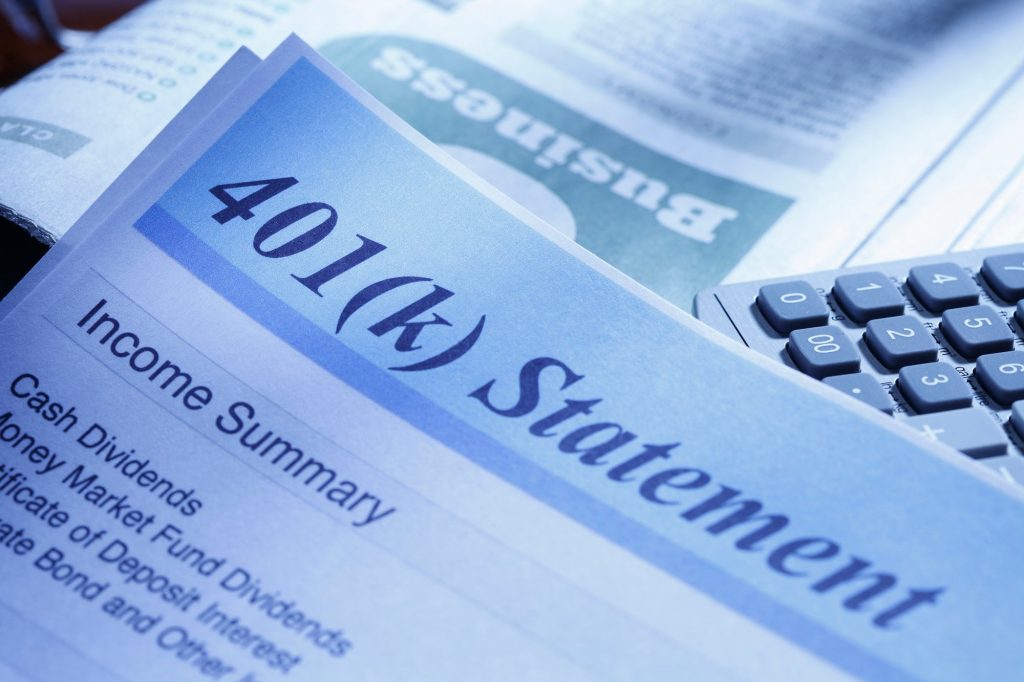
Seniors who rely on Social Security for all of their retirement income often wind up cash-strapped as a result. That’s why it’s important to save for your senior years independently. And if you have access to a 401(k) plan through your employer, you have a prime opportunity to set yourself up for a financially solid future.
The great thing about 401(k)s is that they come with generous contribution limits. In 2021, you can put in up to $19,500 if you’re under 50 and up to $26,000 if you’re 50 or older, thanks to a $6,500 catch-up provision.
These limits don’t include funds contributed by your employer as part of a matching incentive. And they’re also going up in 2022.
Not everyone is in a position to max out a 401(k). But if you’re a higher earner with the potential to contribute up to $19,500 or $26,000 this year, it pays to do so.
That said, you only have until the end of the calendar year to get that money into your 401(k). If your goal is to max out, it pays to ramp up your contributions immediately.
Don’t wait
If you’re saving for retirement in an IRA, you actually get until the following year’s tax-filing deadline to make contributions. In other words, if you want to max out your 2021 IRA, you can make contributions up until April 15, 2022.
But 401(k) plans work differently. With a 401(k), your plan must be funded by the end of the calendar year for your contributions to count for that year. For example, if you’re planning to max out your 401(k) at $19,500 this year but have only contributed $10,000 so far, that remaining $9,500 will need to be in your account by December 31. Given that you only have about seven weeks to make that happen, it pays to get moving on those contributions now.
Why the fire drill?
The money that goes into your 401(k) is deducted from your paychecks. If you’ll be increasing your savings rate to max out your contributions for the year, that change will need to go through your payroll department.
Depending on your employer, it might take a couple of pay cycles to implement such changes. To avoid losing out on the opportunity to hit that annual max, you should put in for that change as soon as you can.
What if you can’t max out your 401(k)?
Maxing out a 401(k) isn’t the same as maxing out an IRA. The latter comes with much lower contribution limits — $6,000 for workers under 50 and $7,000 for those 50 and over — so it’s much easier to hit those targets.
If you’re unable to max out your 401(k) in 2021, don’t beat yourself up. In that case, just aim to sneak as much money as you can into that plan before the year comes to an end. When it comes to growing long-term wealth, every extra dollar really does count.